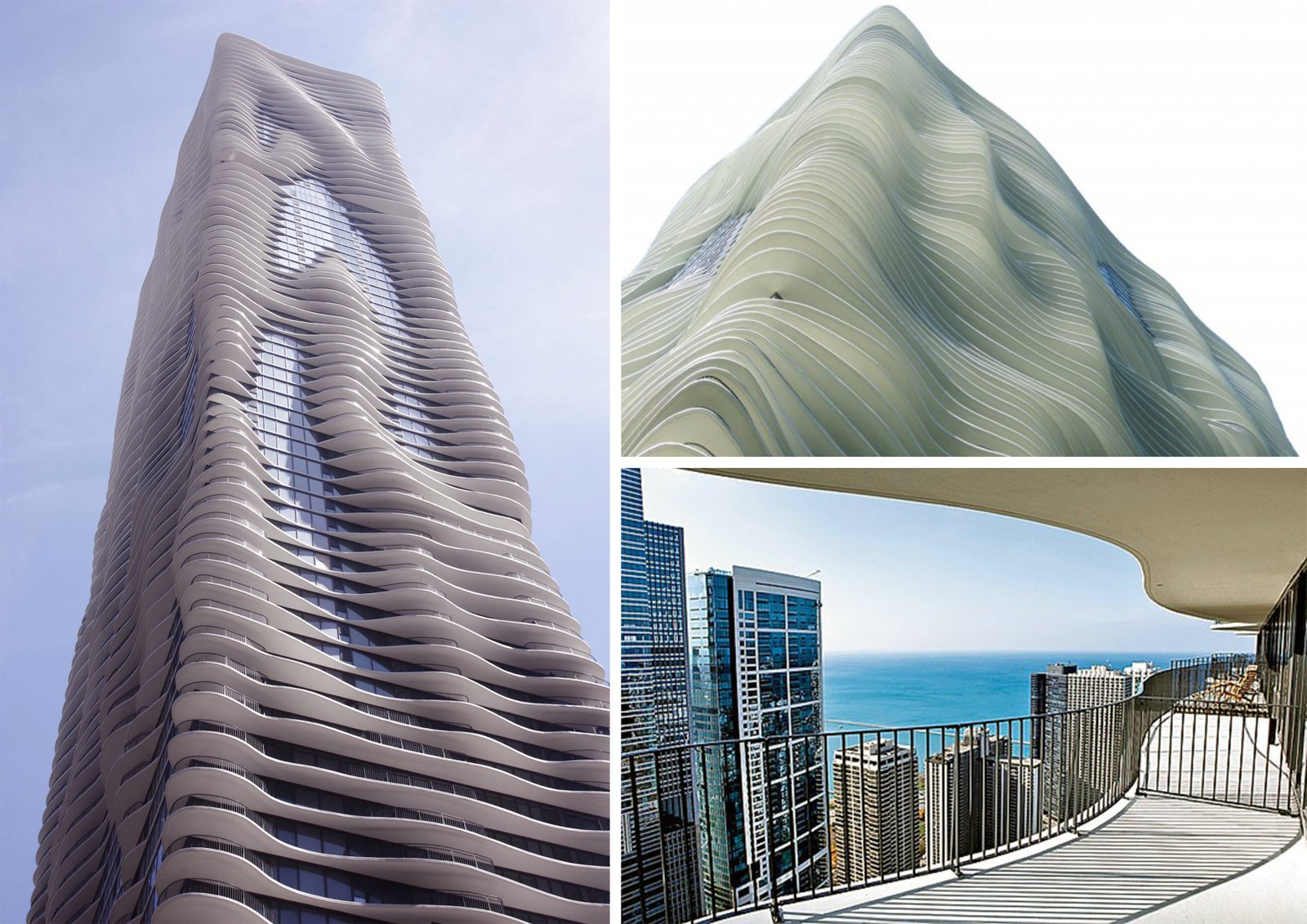Fluidity in Architecture proves to be one of the most ultra-modern approaches towards design, engineering, and construction. It is intricate yet clean and minimal to the eye. Challenging the ever-evolving Architectural design, fluid designs use most technologically advanced and accurate calculations in building its form on all levels.
How do we define fluidity in Architecture?
The free- form design approach is challenging compared to the rigid and edge facades in mainstream structures. To understand the fluidity of curved surfaces and its execution, it is primarily important to understand its natural stability in reference to materials.
While defining fluidity, it is important to understand the zero-edge patterns on a modular level. For instance, a cloth randomly thrown on a platform acquires a stable form and it can be arranged in a hundred different ways to create various fluid patterns.
On a human scale, fluid structures demand stability and weightlessness. It could be achieved by digitally processing all dimensions of the form and calculating the structural systems to execute it. Architecture has genetically formed its own definition of fluid forms and the capacity to generate never-seen-before experiences. There is a new curiosity factor with each step taken in these buildings! Technically, fluids are referred to as the liquids and its properties manage to differ in every perspective. In Architecture and design, fluidity is given a solid form to stand across the environmental barriers and functional demands. It can be achieved in a small piece of furniture or can be spanned across huge public spaces.
The principles may be based on natural forms or maybe mimicked so that features in fluidity remain a continuous form. One element inspires the next and the fluid chain, while designing, automatically establishes itself as a continuous flow of lines in varied dimensions. It challenges the engineering aspects of designing buildings to create more experiential journeys. On one level, fluidity could be a resemblance of flexible spaces, continuously and organically moving forward without barriers.
Neo-futurism explains these fluid structures best rather than any other style of Architectural design as they do not follow any solid pattern of similar elements and therefore, it stands out as an idea in physical form!
-
Achieving complete fluidity:
Heydar Aliyev Cultural Center (Zaha Hadid Architects)
The very famous Cultural Center in Baku has officially established itself as the ideal example of fluidity, form, and engineering in Architectural design and technology. It is bold but merges with the lines of natural geometry, giving form to the one-piece huge mass of the Centerspread across the span of the project.
This Neo-futuristic design has more to the structure internally than what meets to the eye at first glance, externally. The internal levels connect each other in an organic way, which makes people aware of the depth of the space they are in. It is the product of thoughtful planning and intelligent execution.

-
Fluidity in direction:
Lucky Knot Bridge, China (NEXT Architects)
The bridge built to cross the Dragon King Harbour River emerges effortlessly from the bank to reach the opposite edge of the basin. It is designed on the principles of traditional Chinese knotting art which merges multiple bridges into one single strand. It is built in steel and allows people to interact and experience the beauty in the region than just passing by!
It is an interaction between cultural values, ideas, and Architecture, all at once!
-
Vertical fluidity in urban areas:
Aqua Tower, Chicago, USA (Studio Gang Architects)
Although the first glance at the structure does not give away the classic Fluid vibe, the detail in the external facade reflects a natural flow of lines across its 82 floors. Standing tall since 2009, this building remains the exceptional work of Architect Jeanne Gang, making it the tallest skyscraper by a female Designer. The lines flow from each edge into a continuous rhythm making it look like clay wrapped around the glass building block.

This concept does not stop at the building level but extends its branches into interior design, furniture design and sculptural art. There are numerous possibilities for designing in free-flowing lines.
Modular installations and sculptures are also taking the limelight with their material palette and its properties. The portable structures for waiting areas, public seating, and small vehicular stations make it easy for the multi-purpose use of these light-weight fluid designs.



